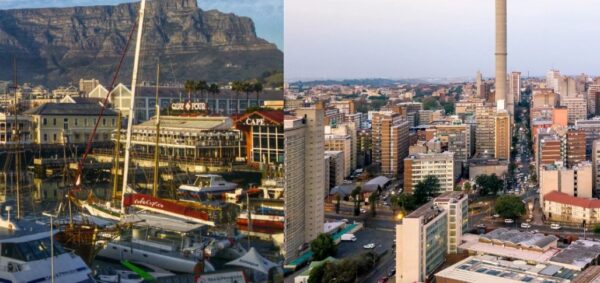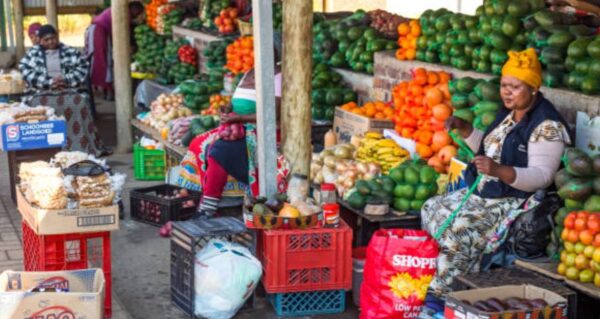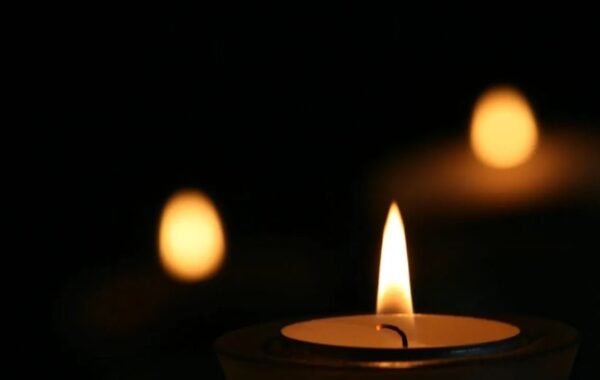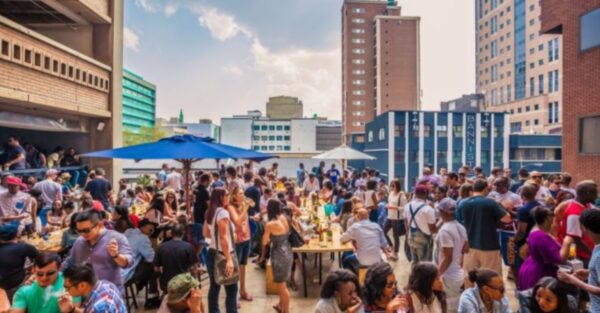Lifestyle
10 things that make Johannesburg unique
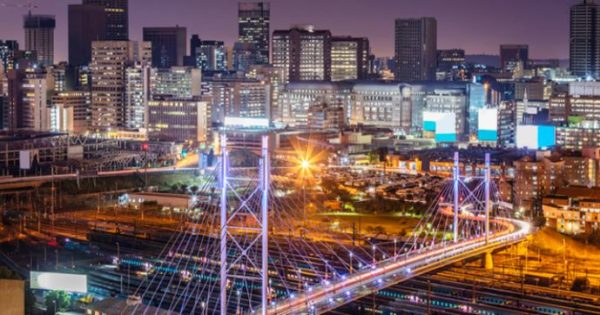
Johannesburg is one of South Africa’s ‘big three’ cities, the rest being Cape Town and Durban.
It traces its origin to the 1880s gold rush in the Witwatersrand Basin. People converged here from all of South Africa and the rest of the world, in the process creating one of the biggest urban centres in the country.
Don’t be deceived by its large size, Joburg is one of the newer cities in South Africa, especially when compared to its peers.
Here are some things that make Johannesburg unique.
1. Johannesburg is a young city, having been founded in October 1886. It is one of the youngest major cities in the world, and even in South Africa. Cape Town for example is well over 400 years, with historical mentions going back 600 years. It has however gone on to overtake all of them becoming South Africa’s biggest city.
2. Johannesburg is home to the largest hospital in Africa – The Chris Hani-Baragwanath Hospital. It is also ranked as a top 5 hospital in the world in terms of bed capacity. With 3400 beds, the hospital is staffed by a workforce of 6,760. It serves more than 2000 outpatients every day, and can serve up to 3.5 million inpatients and outpatients per year.
3. Johannesburg is one of the largest cities in the world, not built next to a large water body. Unlike major cities that grow and develop near coastlines or rivers or lakes, Joburg’s gold rush history didn’t allow it this luxury.
4. Until 2014, the Johannesburg Zoo was home to Africa’s only polar bear – Wang. The bear died just months after his partner of 27 years, GeeBee died too. The two had been brought to South Africa in 1986 as part of a conservation exchange programme with a zoo in China.
5. The boiling point of water is lower in Johannesburg compared to coastal cities like Cape Town, owing to its high altitude. As a result, foods that require boiling eg. eggs, take longer to cook.
6. Joburg is one of the world’s ‘greenest’ cities, with millions of man-planted trees dotting the landscape. The city has an estimated 10 million trees according to the City of Johannesburg website. By comparison, New York has 5 million trees.
7. More pre-historic human fossils have been discovered in Johannesburg than anywhere else in the world. By some estimates, up to 40% of the human fossils have been dug up here.
8. Johannesburg has been transformed 4 times in just over a century. From empty ground, to tented camp, to tin shanties, then Edwardian brick building to its modern skyscrapers.
9. It is the only African city to have hosted the FIFA World Cup, Cricket World Cup and IRB Rugby World Cup.
10. Not only is Johannesburg one of the biggest cities in Africa, but also one of the most developed. While many African cities have poor infrastructure and non-functional systems, Joburg is to a large part doing well. The city and the larger Gauteng area is well served by a metro rail system as well as a Bus Rapid Transport system. Many major African cities have neither.
When it comes to air transport, the O.R. Tambo International Airport is ranked as the busiest in Africa.
Joburg’s infrastructure doesn’t stop at transportation. The city has thousands of kilometres of water pipes, sewege pipes, nearly 200,000 streetlights etc.
10. It is the only African city to have hosted the FIFA World Cup, Cricket World Cup and IRB Rugby World Cup.


